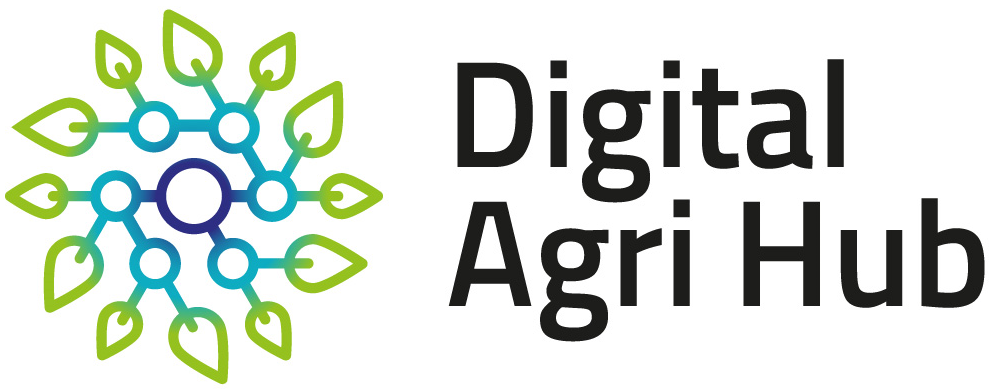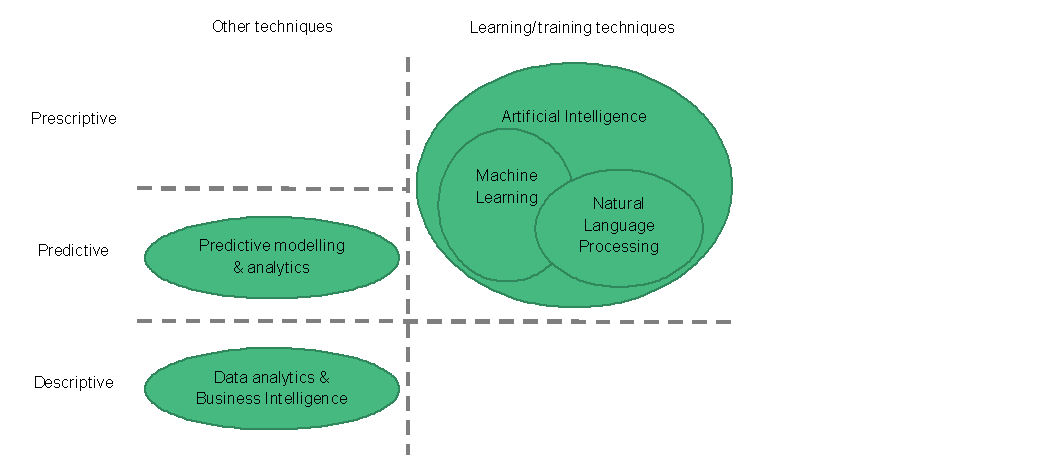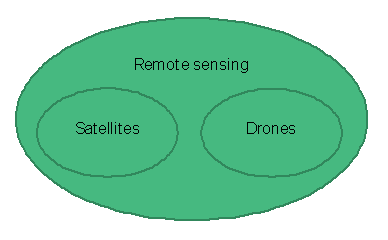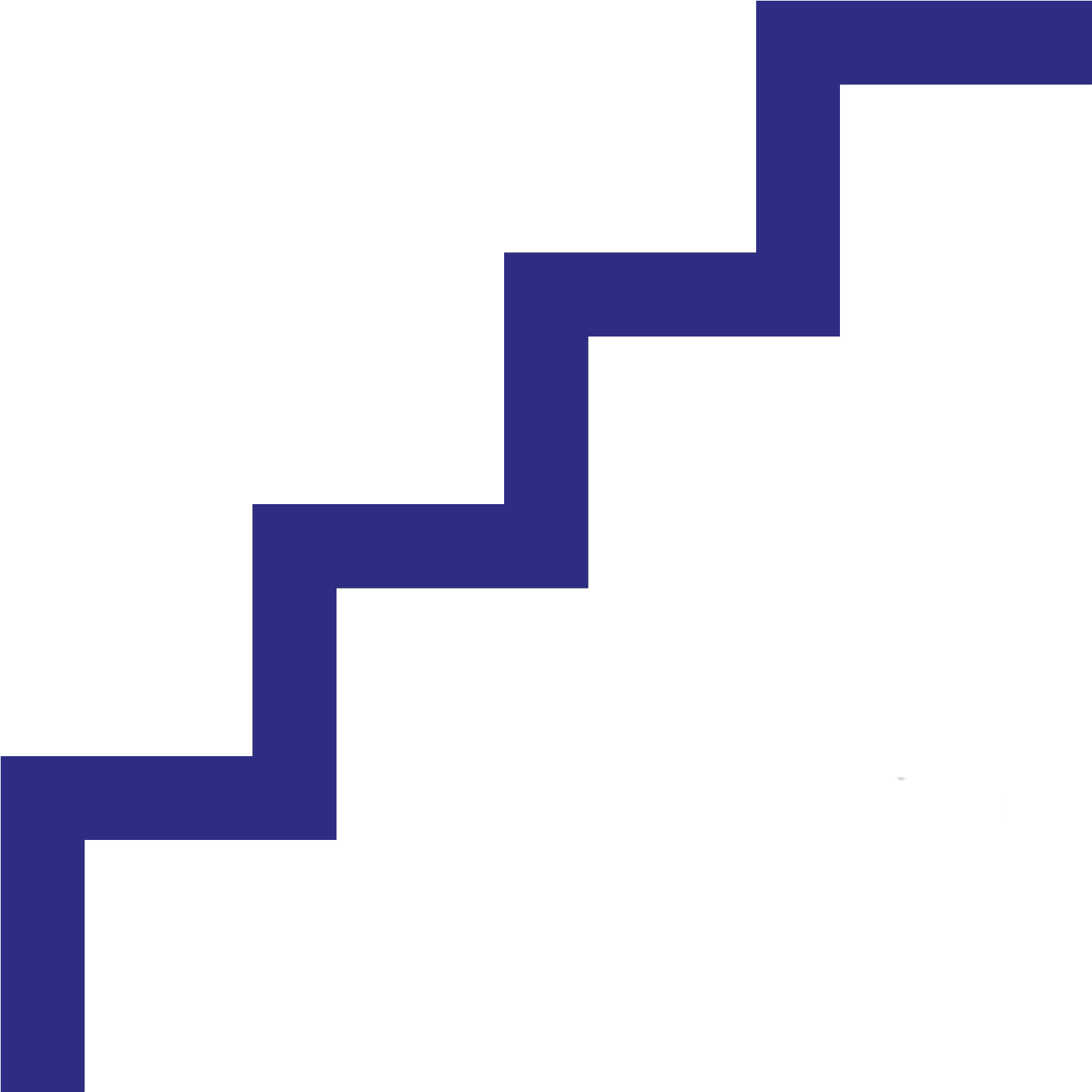Glossary
Glossary
Solution
Organisation
An entity that deploys one or multiple solutions (so not necessarily the organisation that has developed the solution).
Registered user
Countries
Countries that are considered to be low- and middle income countries by the Worldbank: https://data.worldbank.org/country/XO
Languages
Use cases
Farm management & advisory
Digitally-enabled information services and farm management software on topics such as agronomic best practices, pests and diseases, weather, and market prices, including services tailored to the specific farmer, farm, or field that enable smallholder farmers to make decisions that maximise output from their land, improve the quality of agricultural production, and maximise farm revenues and profits via lower costs of production, improved ability to identify markets, and/or better price realisation.
Finance
Digitally-enabled financial services relevant for smallholder farmers, such as digital payments, savings, smallholder credit, and agricultural insurance, which increase financial access and equip smallholder farmers to improve yields and incomes and invest in the longer-term growth of their farms.
Market linkage
Digitally-enabled solutions that link smallholder farmers to farm inputs (e.g. seeds, fertilisers, herbicides/pesticides), to production and post-harvest mechanisation and other services (e.g. irrigation, tractors, cold storage), or to off-take markets, including agro-dealers, wholesalers, retailers, or even to the end-consumer.
Smart farming
Digital solutions that provide tailored actions for smallholder farmers on a precise scale. For this it uses advanced technology – including big data, the cloud and Internet of Things (IoT) – for tracking, monitoring, automating and analyzing.
Supply chain management
Digital supply chain management solutions are business-to-business services that help agribusinesses, cooperatives, nucleus farms, input agro-dealers, and other smallholder farmer value chain intermediaries to manage the flow of goods and services across the supply chain.
ECosystem support
Data analytics solutions and digital decision support tools that integrate data sources on smallholder farmers, farms, and markets and convert this information into useful higher level (e.g. country- and value-chain-level) insights and decision tools, supporting for example government policymakers, extension agencies, researchers, agribusinesses, or investors.
Channels
Augmented/virtual reality
Adding simulated elements to the real visual world.
Virtual reality (VR): simulated experience that can be similar to or completely different from the real world.
Augmented reality (AR): a system that incorporates a combination of real and virtual worlds, real-time interaction, and accurate 3D registration of virtual and real objects.
Call center support
Providing technical support, customer service and sales assistance by phone.
Chatbots
Software applications which do on-line chat conversations via text or text-to-speech.
Desktop applications
A desktop application is a type of application software designed to run on a deskop computer.
E-learning
Learning conducted via electronic media, typically on the internet.
Messages distributed by electronic means from one computer user to one or more recipients via a network.
GAming
Playing electronic (serious) games.
Instant messaging
Type of online chat allowing real-time text transmission over the internet or another computer network.
Interactive voice response (IVR)
Allows humans to interact with a computer-operated phone system through the use of voice and DTMF tones (touch tones) input via a keypad. In telecommunications, IVR allows customers to interact with a company’s host system via a telephone keypad or by speech recognition, after which services can be inquired about through the IVR dialogue.
Mobile applications
A mobile application, most commonly referred to as an app, is a type of application software designed to run on a mobile device, such as a smartphone or tablet computer.
Outbound dialing
Outbound Dialing (OBD) is a robust system designed to effectively manage mobile service-provider-initiated outbound calls. The system automatically dials out calls to a list of mobile users provided by the telecom operator.
Radio broadcasting
Transmission of audio (sound), sometimes with related metadata, by radio waves intended to reach a wide audience. The listener must have a broadcast radio receiver (radio).
Rich media
Rich media indicates the use of advanced features like video. In telecoms, rich media refers to the use of Multimedia Messaging Service (MMS) and Rich Communication Services (RCS).
SMS
Short Message Service
Social media
Interactive technologies that allow the creation or sharing/exchange of information, ideas, interests, and other forms of expression via virtual communities and networks.
TV broadcasting
Analogue or digital transmission of the audiovisual signals to the final user.
USSD
Unstructured Supplementary Service Data, sometimes referred to as "quick codes" or "feature codes", is a communications protocol used by GSM cellular telephones to communicate with the mobile network operator's computers. Unlike SMS messages, USSD messages create a real-time connection during a USSD session. The connection remains open, allowing a two-way exchange of a sequence of data.
Video
Videos integrating contents curated by agronomist and extension specialists with farmer-generated contents.
WEb-based applications
A web-based application is a type of application software designed to run in a browser.
Technologies
Artificial intelligence
Artificial Intelligence (AI) is about a system's ability to correctly interpret external data, to learn from such data, and to use those learnings to achieve specific goals and tasks through flexible adaptation.
There are four categories: systems that think like humans, systems that act like humans, systems that think rationally and systems that act rationally.
Big data
Although the term Big Data refers, in its narrower meaning, to ‘Large, diverse, complex’ volumes of data, it is usually extended to also incorporate the processing capabilities to aggregate, store and analyze the same data. Big data is produced in high speed (velocity), and needs to be processed (streaming data). This requires specific techniques (different than working with large volumes of stored data).
Blockchain
Blockchain is a decentralised governance system with an incentive mechanism.
Cloud-based services
A cloud-based solution refers to applications, storage, on-demand services, computer networks, or other resources that are accessed with an internet connection through another provider's shared cloud computing framework. In farming, cloud computing can be used in aggregating data from tools like soil sensors, satellite images and weather stations. Used for big data analytics thanks to storage, speed and computing power capabilities.
D4Ag infrastructure
D4Ag infrastructure, also sometimes referred to as D4Ag middleware infrastructure, includes agriculture sector specific data, hardware, and software infrastructure that D4Ag solutions rely on to source information and deliver their services to farmers and other agriculture intermediaries.
Data analytics & Business intelligence
Data analytics & Business Intelligence is about systems that process and perform statistical analysis on existing sets of data. It curates relevant and meaningful insights from the data and finds answers and gains insights for problems that we know.
This also contains IoT analytics, being the application of data analysis tools and procedures to realize value from the huge volumes of data generated by connected Internet of Things devices.
Data mining
Data mining is a process of extracting and discovering patterns in large data sets involving methods at the intersection of machine learning, statistics, and database systems.
Digital twins
A dynamic virtual representation of a physical object or system, usually across multiple stages of its lifecycle, that uses real-world data, simulation, or machine learning models combined with data analysis to enable understanding, learning, and reasoning. DT can be used to answer what-if questions and should be able to present insights in an intuitive way.
Drones
A drone or unmanned aerial vehicle (UAV) is an aircraft without any human pilot, crew, or passengers on board. The flight of drones may operate under remote control by a human operator, as remotely-piloted aircraft (RPA), or with various degrees of autonomy, such as autopilot assistance, up to fully autonomous aircraft that have no provision for human intervention.
Field sensors & diagnostics equipment
(e.g. farm field, livestock, agricultural machinery sensors, portable soil/crop testing tools)
Field sensors give direct measurements of measurands in the field in its original place. Diagnostic equipment is specific software with decision rules and models to ascertain the condition of the crop or soil and any deficiencies or needs (diagnostics) and determine whether location-specific treatment is necessary and if so, which (decisions).
Geographic Information System
Geographic Information System (GIS) is a computer system for capturing, storing, checking, and displaying data related to positions on Earth’s surface.
IoT devices + connectivity
The Internet of Things (IoT) refers to a system of interrelated, internet-connected objects that are able to collect and transfer data over a wireless network without human intervention.
Location based services
Location based services are systems that use tracking based on GPS, mobile phone signals or other positioning methods.
Machine learning
Machine-learning (ML) is an application of AI that provides systems the ability to automatically learn and improve from experience without being explicitly programmed.
Mobile field data collection devices
Devices which help in obtaining data directly from the location where event or transaction takes place. Data collection devices do not read or scan data from the source document.
Natural LanguaGe Processing
Predictive modelling & analytics
Predictive modelling & analytics deals with extracting information from data and using it to predict trends and behavior patterns.
Remote sensing
Remote sensing points to aerial platforms and sensors generating fine grained, multi-spectral earth observations (EO). It includes aerial photography, i.e. technique of photographing the Earth's surface or features of its atmosphere or hydrosphere with cameras mounted on aircraft, rockets, or Earth-orbiting satellites and other spacecraft; and drones, i.e. unmanned airborne vehicles (UAVs) that are able to collect spatial information by flying over specific areas.
Robotics
Robotics refers to the branch of technology that deals with the design, construction, operation, and application of robots.
Satellites (incl. mini satellites, CubeSats, nanosatellites)
Artificial satellites creating imagery (scans - not photos) of Earth.
Storage and logistics sensors & diagnostics equipment
(e.g. RFID, agriculture input testing tools)
Storage and logistics sensors give direct measurements of measurands in storage locations and in logistics equipment like trucks and containers. Diagnostic equipment is specific software with models to ascertain the condition of agriculture inputs and any deficiencies (diagnostics).
Supercomputing
Supercomputing refers to the processing of massively complex or data-laden problems using the concentrated compute resources of multiple computer systems working in parallel.
Virtual reality modelling
Virtual reality modelling is about designing and implementing the logic for virtual reality applications.
Visualization
Visualization is about the graphical representation of information and data.
Weather stations
A weather station is an observation post where weather conditions and meteorological data are observed and recorded.
Organisation types
Agribusiness
Agribusiness is the group of industries dealing with agricultural produce and services required in farming.
AgriTech
Agritech uses technology in agriculture, horticulture, and aquaculture with the aim of improving yield, efficiency, and profitability.
Commercial enterprise
Commercial enterprise means any for-profit activity formed for the ongoing conduct of lawful business.
Government
A government is the political system by which a country or community is administered and regulated.
Mobile Network Operator
A mobile network operator (MNO) is a telecommunications service provider organization that provides wireless voice and data communication for its subscribed mobile users.
Non-Governmental Organization
A Non-Governmental Organization (NGO) is a non-profit organization that operates independently of any government, typically one whose purpose is to address a social or political issue.
Agribusiness
A Non-Governmental Organization (NGO) is a non-profit organization that operates independently of any government, typically one whose purpose is to address a social or political issue.
Business growth stages
Pilot
Test the untested dynamics of the business.
Startup
Bring business idea to life, get business up and running.
Scaling
Business plan is paying off, revenue is increasing and market share and customer base are growing.
Maintaining
“Business runs itself”, strong presence in target market, strong cash flow and unlikely a startup or business with less experience can take over the company’s position.








